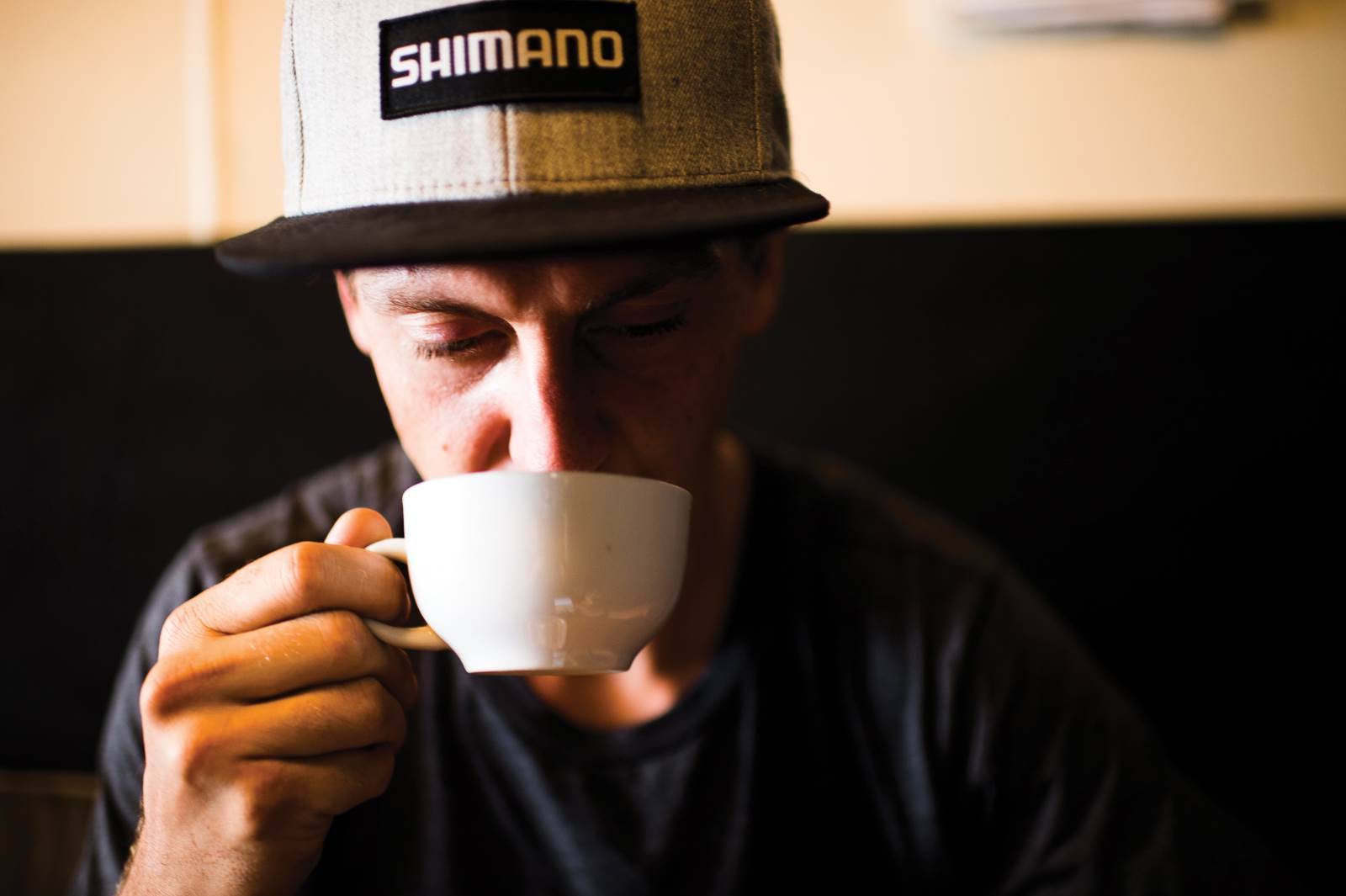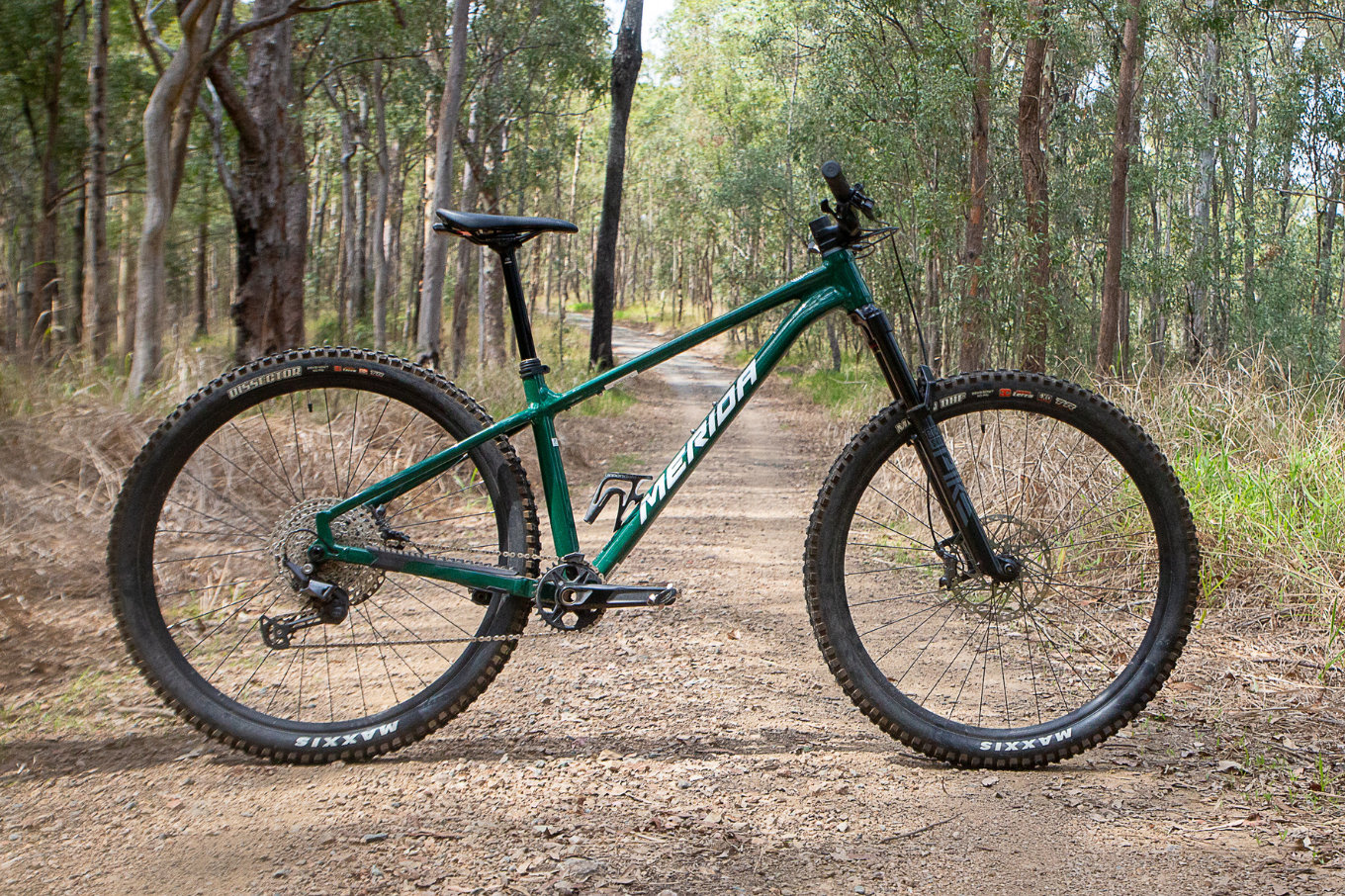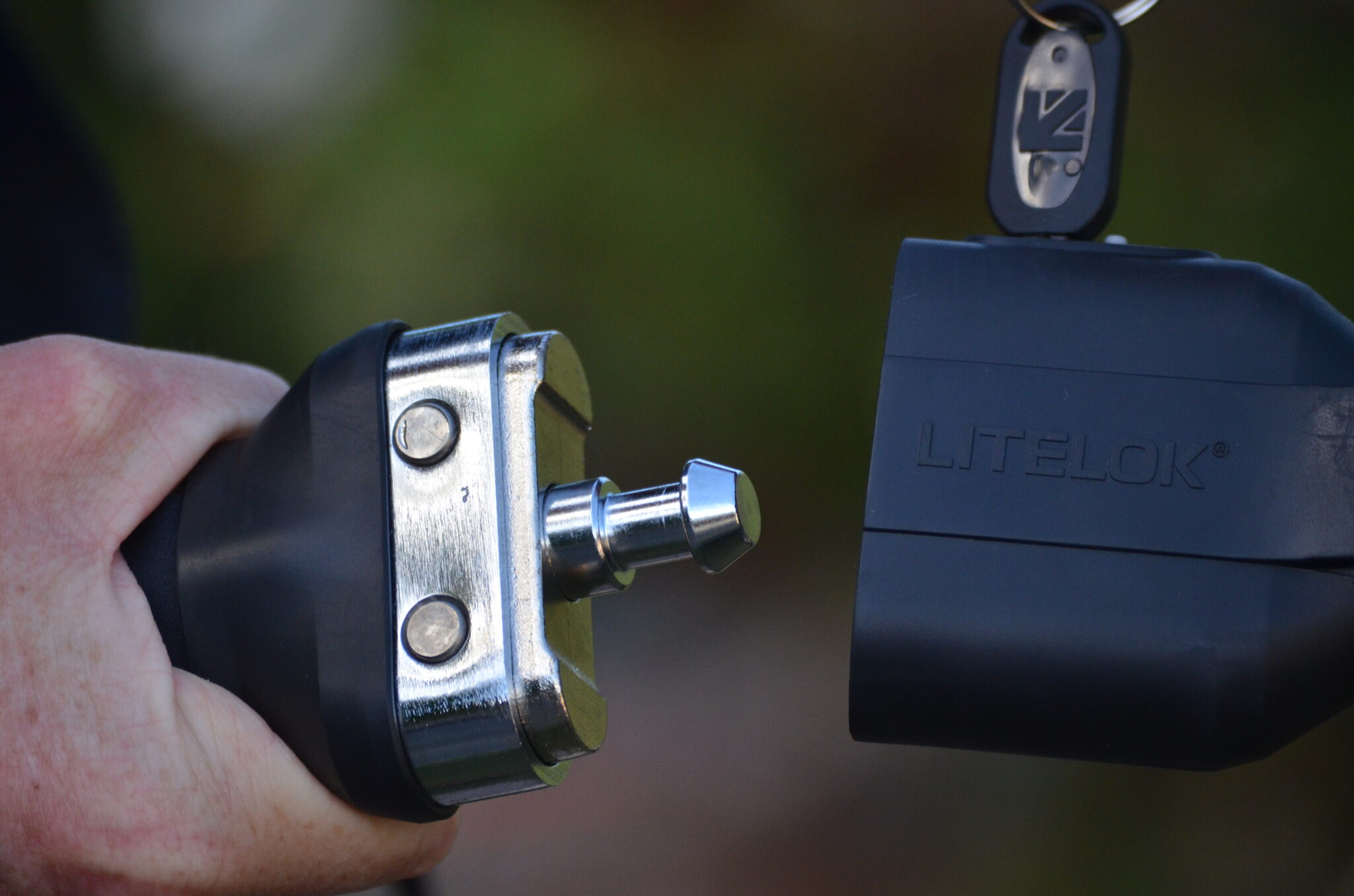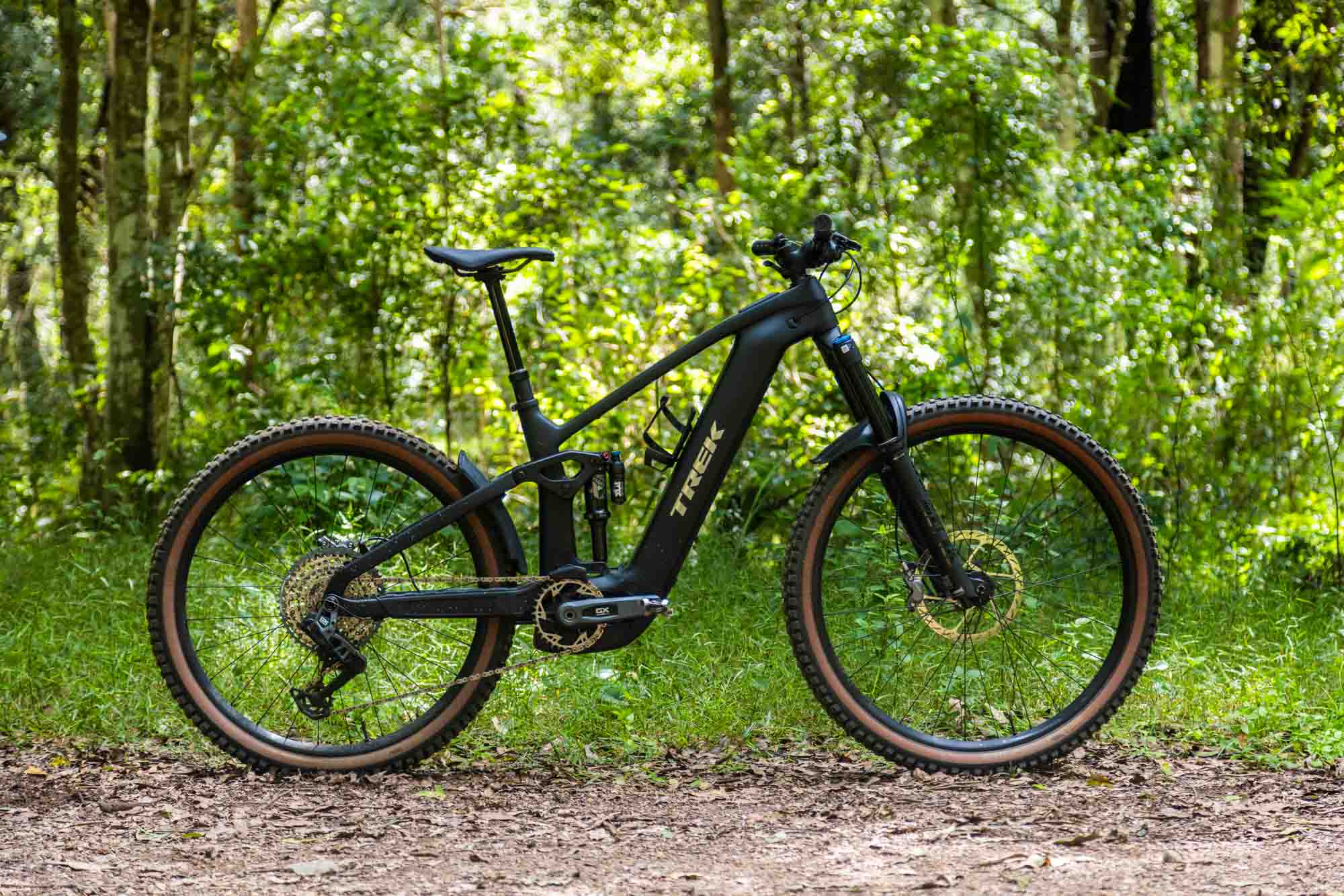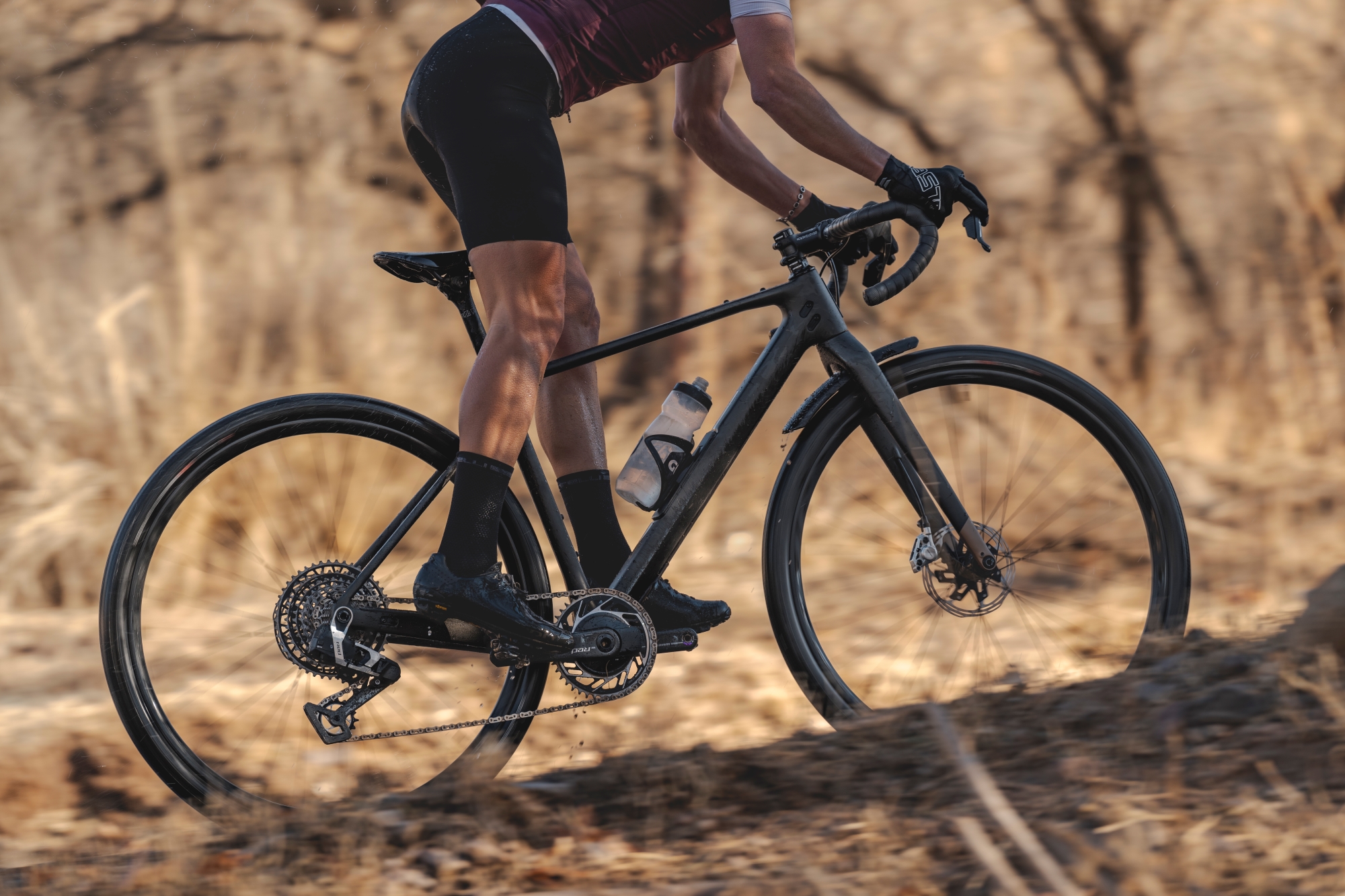Caffeine 101: How to make caffeine work for you
Caffeine is one of the few legal ergogenic aids that has substantial evidence behind it. So, how do you use it to get the most out of your legs when you’re on the trails?
Words: Zoe Wilson
Photo: Damian Breach
What is caffeine?
We all know caffeine is in coffee and tea… but do you actually know what caffeine is? Caffeine is a stimulant naturally found in the leaves, nuts and seeds of plants. You’ll find it not only in tea and coffee, but also in cola and energy drinks and also increasingly in sports supplements such as gels, sports drinks and now even chewing gum.
Why do I care?
As a mountain biker, you should care. Using caffeine during exercise reduces feelings of fatigue and makes your effort feel easier, meaning you can ride for longer at your optimal pace. The reasons for this reduction of fatigue and perception of effort are due to caffeine’s effect on the central nervous system. It’s also the same reason that caffeine wakes you up in the morning and helps to get you through the afternoon slump.
The beauty of using caffeine for performance comes from research that shows it can be helpful for a wide range of sports from high intensity, short duration sprints all the way to endurance events. So, no matter if you’re riding downhill, cross-country or enduro, caffeine may be helpful.
Don’t get too excited just yet…
Whilst caffeine does offer benefits to performance, in many people the side effects can mean that caffeine isn’t the right choice. If you’ve ever accidentally had one coffee too many, you’ll probably know what these side effects are already. Common issues from too much caffeine include increased heart rate, shakiness, anxiety, sleep disturbances and gut upsets. The amount of caffeine with which these side effects may occur is extremely variable so as always with sports nutrition – you need to practice using caffeine before race day!
| HOW MUCH CAFFEINE IS IN THAT? |
| – 1 cup instant coffee (average brea) – 60mg |
| – 1 espresso shot ( regular cappuccino or latte) – 100mg |
| – Long Black -200mg |
| – 250ml can Red Bull – 80mg |
| – Cup green or black tea ( average brew) -30mg |
| – 375ml can Coke – 49mg |
How should I use it?
It’s not just as simple as drinking an espresso shot before jumping on your bike (although this may form part of your plan). Research originally suggested high doses of caffeine (up to 6g per kilogram of body weight), but more recently it’s been shown that lower doses can actually provide a similar boost to performance with less side effects.
Typically, a dose of around 1-3mg caffeine per kilogram of body weight is now recommended. At this dosage studies have shown an improvement in performance of about three per cent (although individual responses do vary). So, a 70kg cyclist is looking at ingesting 70-210mg of caffeine. It’s im-portant to work out what dosage works for you and it can be a bit of a balancing act finding the dose that will give you the performance benefits, without the side effects.
You also need to consider when to take caffeine – it may be before or during your ride (or a combination of both) that helps you to perform at your best. Caffeine is absorbed quickly and reaches peak concentration within about an hour of ingestion. Traditionally, recommendations have therefore been to take 1-3mg caffeine per kilogram of body weight about 60 minutes before your race starts.
If using caffeine during your race, 1-2mg per kilogram of body weight has been shown to improve performance. How and when you do this will depend on your tolerance and your need for it.
There is no right way to take caffeine – many protocols have been tested and all seem to show similar benefits. For example studies have looked at taking multiple smaller doses versus one or two larger doses (all giving the same amount of caffeine) and all showed approximately three per cent increase in performance.
TIPS FOR USING CAFFEINE
1.Practice your plan in training first. As always, it’s best to try a range of protocols in training and see what works best for you – do not try something new on race day, especially when caffeine can lead to gastro upset! This way you’ll also have a plan and won’t have to do any maths to work out how much you’ve had while you’re riding.
2.For shorter events: dose up on caffeine before your event to get the maximum effect. You may want to use No Doze or caffeinated gum to do this rather than knocking back multiple espressos.
3.For longer events like an enduro, aim to maximise your caffeine later in the race when you’re starting to get tired, helping you post good times on the final stages. Taking a caffeinated gel, gum or electrolyte tab throughout the race will be a good way to do this.
4.If you get nervous before a race, caffeine will make this worse! If it’s a longer event, take your caffeine throughout the race when you’re a little more relaxed instead of taking a large dose just before you start.

